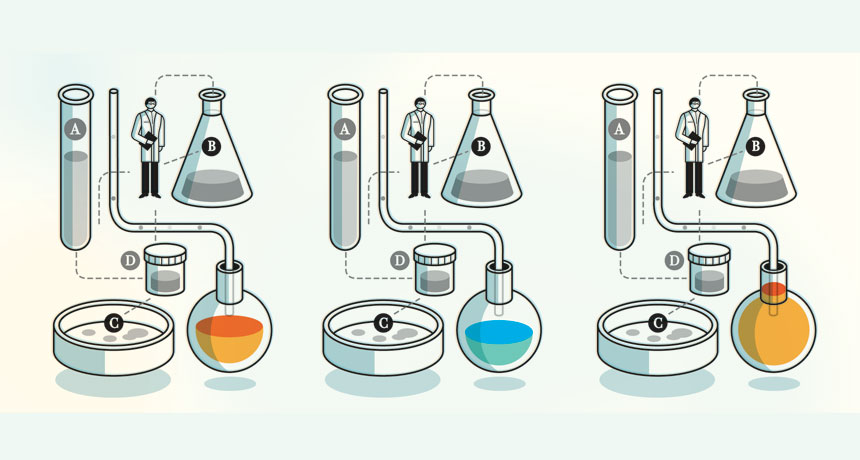The publishing method comes with a couple of rules. One of the most important is that a research must be reproduced. That means any scientist, anywhere should be able to follow the steps within a research and obtain the exact same result.
It may sound like the basics of the publishing method, but this has concerned a lot of people. The whole discussion is about how sustainable our method to publish thousands of new studies everyday are and how we keep up with the veracity of them. This subject has been discussed by Nature Magazine and resulted in a TED-Ed video:
Now, how many of us – researchers – would like to spend our careers reproducing published studies? Probably not many. Even though as scientists we all want to make outstanding findings, we know how difficult it is to get funds for a research if it doesn’t go along with what is trending and interesting for science at the present time.
Passing this obstacle, let’s imagine that we could reproduce all existing researches. How many of them do you think would actually reveal the same result as the original? We can make a tremendous effort to deliver great studies. However, we do know that we all make mistakes. Who is up to take the consequences of a mistake in a cancer research, or an HIV research?
Unfortunately, it seems like the publishing method we use does not fit the responsibility we have as scientists.
Maybe this is the reason why other methods are getting stronger. The media itself and the preprint method are here to stay, and both could help up improve the veracity of our work.
Want to read more about the media impact in science of the preprint method? Check out our posts:

Subscribe to our newsletter
Exclusive high quality content about effective visual
communication in science.






